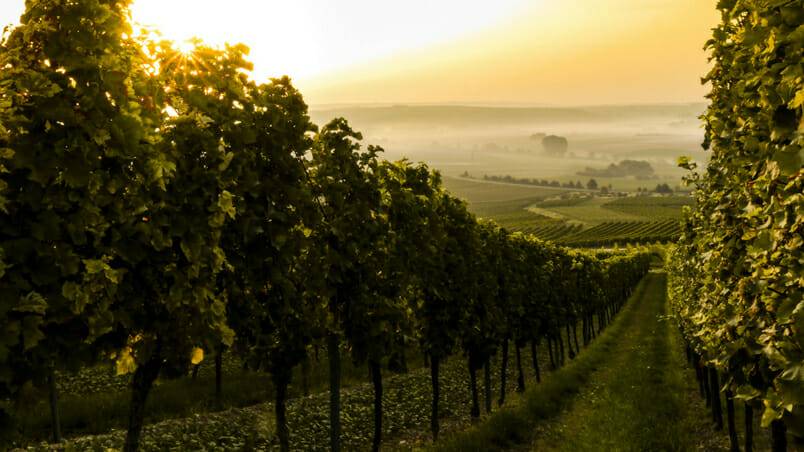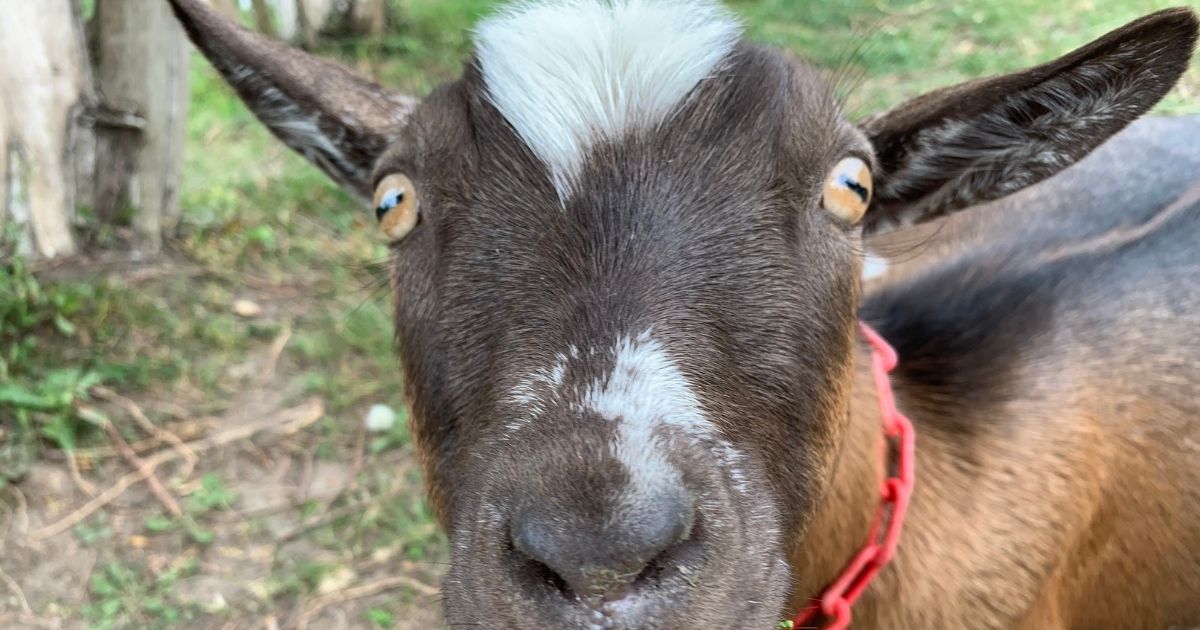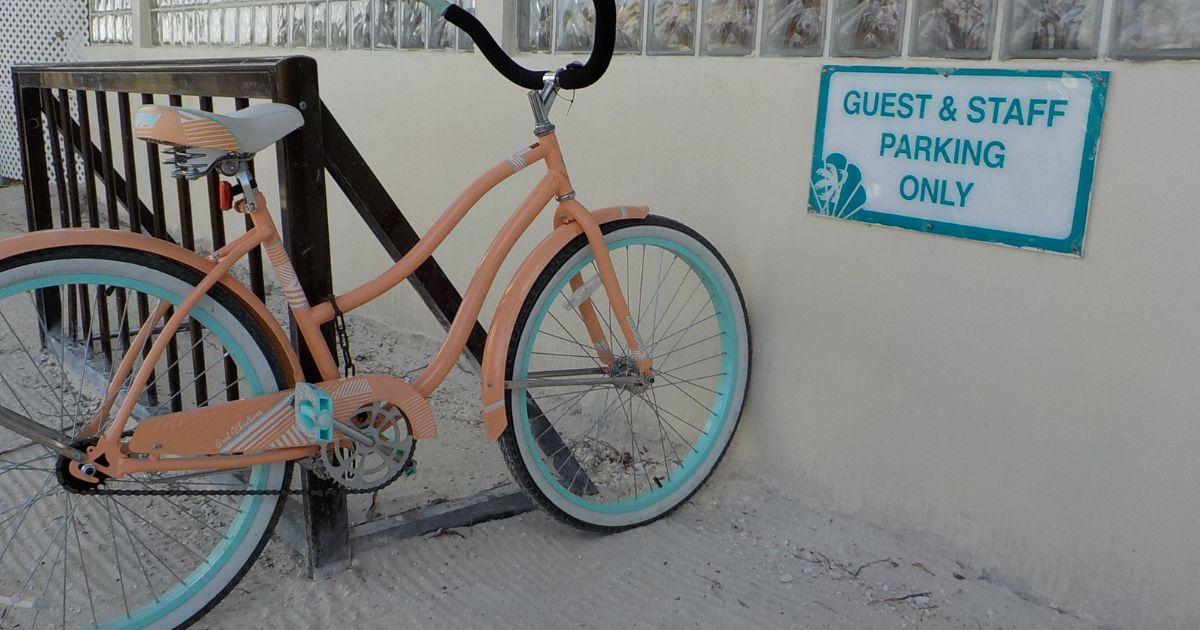Climate change doesn’t play favourites. Ask anyone in sub-Saharan Africa or Greenland. Beekeepers, strawberry farmers, almond growers, balcony gardeners in San Francisco and winemakers in France will nod in agreement, for that matter. In 2015, Prince Edward County (PEC), Ontario’s precious wine region, took an unexpected low blow. Severe barometer dips in the spring were devastating to newer wineries just gaining ground. That May, both PEC and Niagara were hit with frosts that gutted smaller wineries within hours. Environment Canada’s Trenton station made history on May 23, 2015, registering –2°C (28.4°F)—the lowest temperature on record since 1935. Traditional emergency measures to conquer crop-threatening temperatures, like renting helicopters, weren’t feasible for every grower. Helicopters push warm air downward, and even the heat of the helicopter’s exhaust as the chopper flies over the grapevines is helpful in raising the temperature above freezing. Wind turbines can also alter the temperature, but they come with a fancy $40,000 price tag. Controlled burns around the fields were successful for winemakers battling the barometer, but despite Lacey Estates’ attempt at burning hay until sunrise, the owners were only successful in preventing some frost damage. A Globe and Mail article cited Vineland Estates winemaker Brian Schmidt’s secret: an iPhone […]
Climate change doesn’t play favourites. Ask anyone in sub-Saharan Africa or Greenland. Beekeepers, strawberry farmers, almond growers, balcony gardeners in San Francisco and winemakers in France will nod in agreement, for that matter.
In 2015, Prince Edward County (PEC), Ontario’s precious wine region, took an unexpected low blow. Severe barometer dips in the spring were devastating to newer wineries just gaining ground. That May, both PEC and Niagara were hit with frosts that gutted smaller wineries within hours. Environment Canada’s Trenton station made history on May 23, 2015, registering –2°C (28.4°F)—the lowest temperature on record since 1935.

Traditional emergency measures to conquer crop-threatening temperatures, like renting helicopters, weren’t feasible for every grower. Helicopters push warm air downward, and even the heat of the helicopter’s exhaust as the chopper flies over the grapevines is helpful in raising the temperature above freezing. Wind turbines can also alter the temperature, but they come with a fancy $40,000 price tag. Controlled burns around the fields were successful for winemakers battling the barometer, but despite Lacey Estates’ attempt at burning hay until sunrise, the owners were only successful in preventing some frost damage.
A Globe and Mail article cited Vineland Estates winemaker Brian Schmidt’s secret: an iPhone app notified him about the frost warning, and he was able to keep his Niagara-area crop alive thanks to employing a helicopter.
In Chablis, France, climate change and its company—flash frosts, hail and heat—have established an impossible tug of war for winemakers. La Croix-Rouge, a nine-acre vineyard, didn’t produce a single grape in 2016.
Similar to how the brutal frosts slammed PEC in May 2015, France had three nights in April 2016 that killed all promising buds. There’s no waiting game: The morning after a frost, winemakers can tell that there will be no harvest. They know immediately that there will be no celebration in an industry that revolves around just that—celebrating and toasting life’s finest achievements.
Imagine the emotional and financial sucker punch of a 20,000-bottle production line halted to zero. In Burgundy and outlying regions, most of the 750 winemakers were affected by the constant climate trifecta of 2016: floods, frost and hail.
For Chablis fans worldwide, this is a game changer. The domino effect of an unfriendly spring means harvests weighing in at a third of the usual annual production numbers. Sip slowly and thoughtfully!
If the term cloud seeding sounds apocalyptic to you, join the club. With frequent freak storms wreaking havoc, winemakers are joining ranks and the mighty army is outfitted with anti-hail cannons to seed ominous clouds. Silver iodide is sprayed into the storm clouds, preventing pesky hailstones from solidifying. If the cannons are successful, they can spin damaging hail into torrential rain as a favoured alternative.
Forty cannons are to dot the Chablis region next year, fuelling hope for the nearby winemaking battalion and their loyal followers.
The economic impact for growers and wine importers is still in chalk, and the weather watch doesn’t end with a fall harvest. How do the equally radical winters impact the icewine industry?
The warm winter weather of January 2016 put Ontario’s icewine harvest on hold, as a cold snap of –8°C (17.6°F) is necessary before picking. Grapes picked in temperatures warmer than that are considered “late harvest.” While traditional sweet spots for picking have a delicate window between December 15 and January 15, CEO Mother Nature can dictate otherwise, often without a memo, like when El Niño slammed the icewine harvest back in 1997.
While grapes intended for icewine can be picked as late as March, the bounty thins with foraging birds and deer, who actively enjoy the sweet snacks. The grapes also dehydrate over time, as do icewine lovers who face higher-priced icewines due to low yields.
On the flip side, however, warmer winters give traumatized vines a break from back-to-back frigid winters. But a warmer summer is more critical in producing a medal-winning harvest.
For icewine growers, only a few nights of a cold snap are needed, and once the picking and pressing begin, eyes turn back to the almanacs and El Niños.
August 2015 was a hot and arid one for British Columbia winemakers, speeding up the growing season but resulting in a bumper crop. Vancouver Island and the Okanagan region dealt with intense heat, making a guessing game out of the perfect time to pick. Balancing sugar and acidity levels is a constant see-saw, and sometimes growers don’t know if their gamble was bang on until the fermentation process is complete in December.
For Nova Scotia winemakers, following a mild winter, a sizzling and dry summer in 2016 created a perfect storm and quality crop. Post-tropical storms in 2011 battered the Maritimes in August, twice; in 2012, it rained for three weeks in September, triple the amount of rain that fell in July and August of that year. In turn, that extra deluge of rain helped certain farmers, because warmer temperatures along the south shore kept the weather mild.
Fifteen weeks of little or no rain in PEC in 2016 bullied several varietals at Harwood Estate Vineyards. The winery has already started building a drip-irrigation system to be at the ready this summer if a similar sweaty force is to be reckoned with. In 2015, only 5 percent of Harwood’s grapes survived the late-May frost, so the hits just keep coming.
Three Dog Winery, one of the newer kids on the block in PEC, was introduced to the realities of climate change back in 2003, when owners John and Sacha Squair quit their jobs, exhausting work weeks and dreaded commutes to move from the Greater Toronto Area to PEC. They had started planting vines in 2000, beginning with 500 Pinot Gris, and in 2002 they planted 1,500 Pinot Noir. In 2003, one of the coldest winters on record, the couple lost a serious chunk of their Pinot Noir but soldiered on. They planted more Pinot Noir in 2004.
From May 2015’s deep-freeze chiller to July 2016’s major dry spell (following the driest June in 15 years), there’s a message in the bottle: The next time you choose to unwind with a glass of red, white or ice, be sure to raise your glass to the producers begging for rain. Or an end to the rain. Or a cold snap. Or an end to the cold snap. Then, we can all celebrate.
Jules Torti
Jules Torti’s work has been published in The Vancouver Sun, The Globe & Mail, travelife, Canadian Running and Coast Mountain Culture. With experiences as a canoe outtripper, outdoor educator, colouring book illustrator and freelancer, she is thrilled to be able to curate, write and read about the very best things in life.
julestorti.wordpress.com
 Traditional emergency measures to conquer crop-threatening temperatures, like renting helicopters, weren’t feasible for every grower. Helicopters push warm air downward, and even the heat of the helicopter’s exhaust as the chopper flies over the grapevines is helpful in raising the temperature above freezing. Wind turbines can also alter the temperature, but they come with a fancy $40,000 price tag. Controlled burns around the fields were successful for winemakers battling the barometer, but despite Lacey Estates’ attempt at burning hay until sunrise, the owners were only successful in preventing some frost damage.
Traditional emergency measures to conquer crop-threatening temperatures, like renting helicopters, weren’t feasible for every grower. Helicopters push warm air downward, and even the heat of the helicopter’s exhaust as the chopper flies over the grapevines is helpful in raising the temperature above freezing. Wind turbines can also alter the temperature, but they come with a fancy $40,000 price tag. Controlled burns around the fields were successful for winemakers battling the barometer, but despite Lacey Estates’ attempt at burning hay until sunrise, the owners were only successful in preventing some frost damage.












